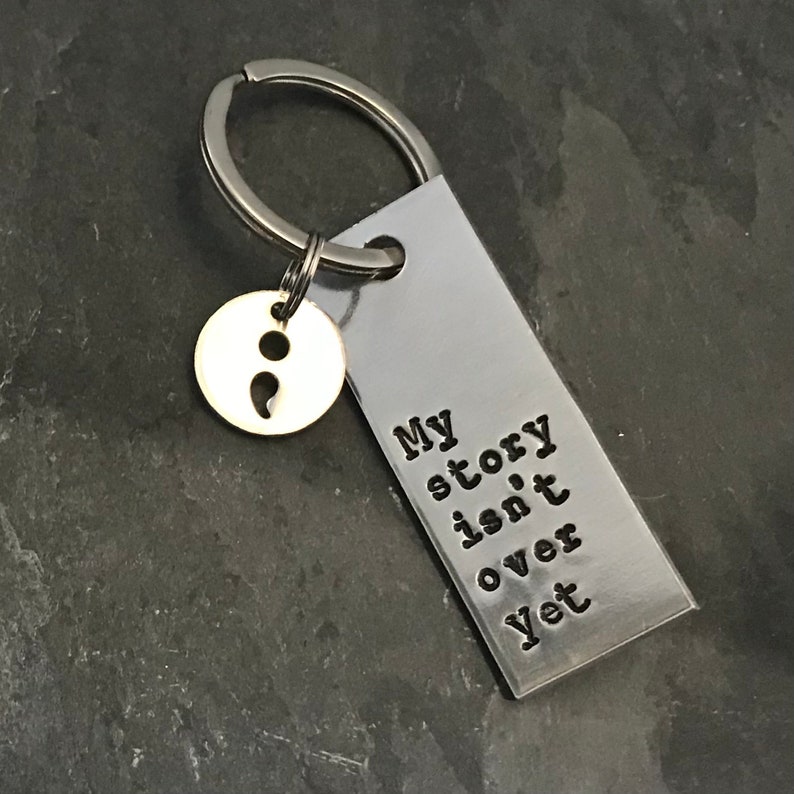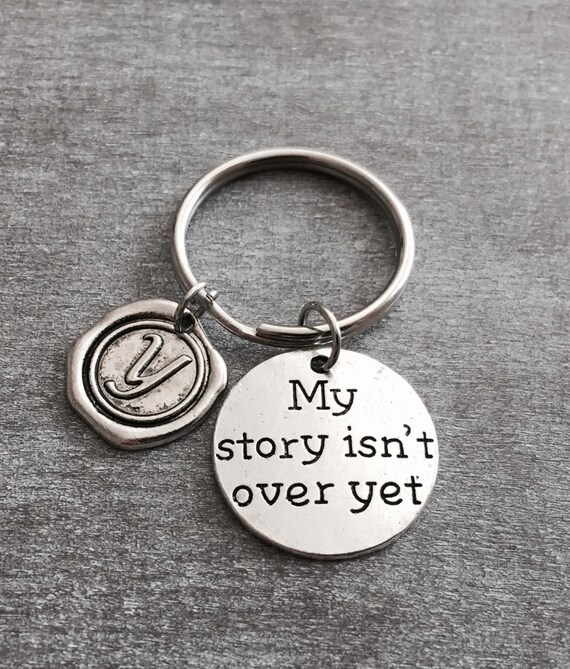

#MY STORY ISN T OVER YET PRO#
PRO TIP: Interested in writing a solid character arc? Learn about what defines a dynamic character in this piece. The circumstances and conflicts your characters face are part of the arc, but the way characters meet challenges and change as a result is “character arc” territory. Each plot point in the story arc should bring your characters closer to, or further from, their goals and desires. Still, narrative and character arcs are part of a symbiotic relationship. A metaphorical representation of Superman's internal character arc. It involves the plot on a grand scale, and a character arc charts the inner journey of a character over the course of the plot.Īnother straightforward distinction: while the story arc is external, the character arc is internal, and each main (and sometimes secondary) character will go through an individual arc. The narrative arc is to the story what the character arc is to a character. It’s the central through-line marking the plot’s progress from beginning to end. If the plot is the skeleton of your story, the narrative arc is the spine. What if your Scene 1 notecard actually belongs in the denouement? What if you have too many scenes based on internal conflict in a row (leaving the external conflict to wither)? Carefully ordering your plot into a cohesive story arc helps readers navigate your story, and sets expectations that you can either satisfy or disrupt. Thinking about your arc is essential around this point. In Act Three, characters resolve the Big Problem and the story ends.Usually, the conflict will escalate to a climax. They set about trying to resolve the Big Problem.

In Act Two, your characters grow and change in response to conflicts and circumstances.

#MY STORY ISN T OVER YET FULL#
Narrative arc is a term that describes a story's full progression. A good arc is vital if you want to engage your readers from start to finish, and deliver a satisfying conclusion. This arc is made up of the events in your story - the sequence of occurrences in the plot - and determines the peaks and plateaus that set the pace. Universal to both fiction and nonfiction, the narrative arc (also called the “story arc”) refers to the structure and shape of a story. Has anyone ever told you that your narrative arc was too weak? Too complex? Or not complex enough?


 0 kommentar(er)
0 kommentar(er)
